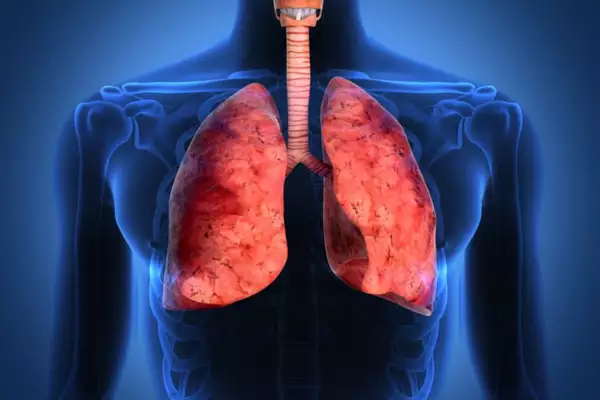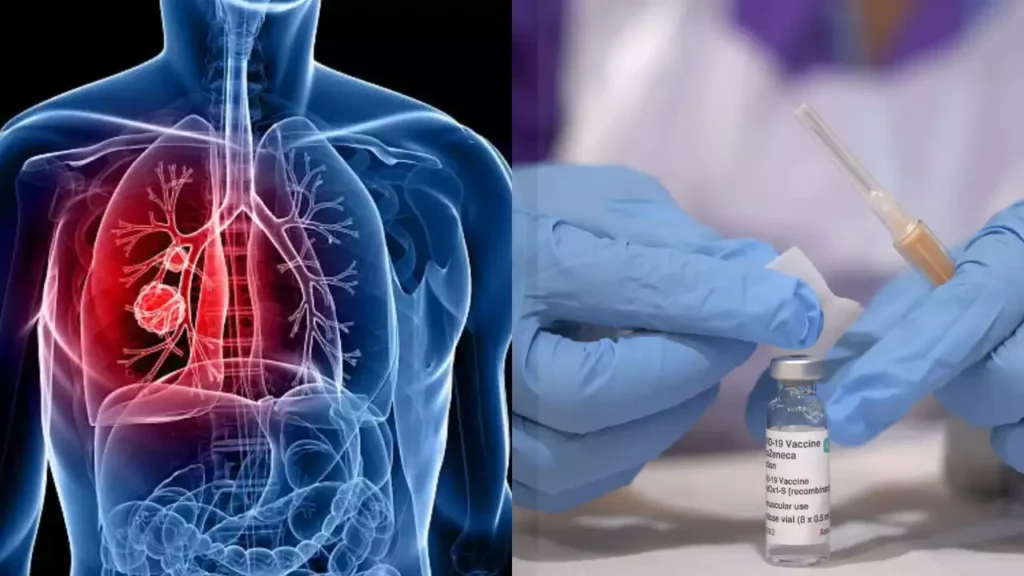Lung cancer vaccine BNT116 is being developed to treat non-small cell lung cancer, the most common type of lung cancer and a leading cause of cancer death worldwide.
About mRNA:
- Messenger RNA (mRNA) is a single-stranded molecule that plays a crucial role in protein synthesis.
- It is synthesized from a DNA template during transcription and carries genetic instructions from DNA in the cell’s nucleus to the cytoplasm.
- In the cytoplasm, the cell’s machinery reads the mRNA sequence and translates it into a specific protein by assembling amino acids in the correct order.
- mRNA acts as a bridge between the genetic code stored in DNA and the production of proteins, which are essential for various cellular functions.
About mRNA Vaccine Technology:
- mRNA vaccine technology works by introducing a piece of mRNA into the body that corresponds to a specific viral protein, often a part of the virus’s outer membrane.
- This mRNA instructs cells to produce the viral protein, which is recognized as foreign by the immune system, triggering the production of antibodies.
- Antibodies produced remain in the body long after the initial immune response, providing protection if the person is later exposed to the actual virus.
- The key advantages of mRNA vaccines include their safety, as they do not contain live viruses, and the speed with which they can be developed, unlike traditional vaccines that require lengthy production processes.
- The production process of mRNA vaccines involves identifying a viral protein target, producing the corresponding mRNA, and ensuring only the mRNA is packaged in the vaccine, allowing for rapid and large-scale production.
Ref: Source
| UPSC IAS Preparation Resources | |
| Current Affairs Analysis | Topperspedia |
| GS Shots | Simply Explained |
| Daily Flash Cards | Daily Quiz |
Frequently Asked Question:
What is mRNA?
mRNA is a single-stranded molecule that carries genetic instructions from DNA to the cell’s cytoplasm for protein synthesis.
How does mRNA function in cells?
mRNA acts as a messenger, carrying genetic information from DNA to ribosomes where proteins are synthesized.



